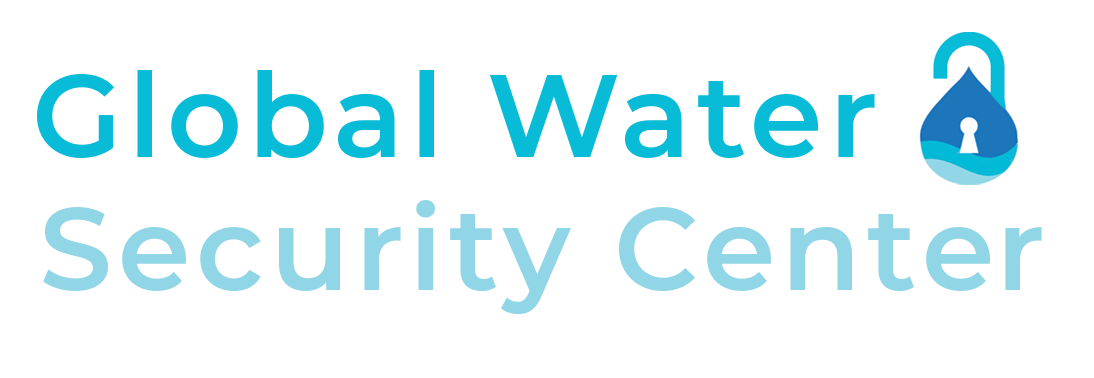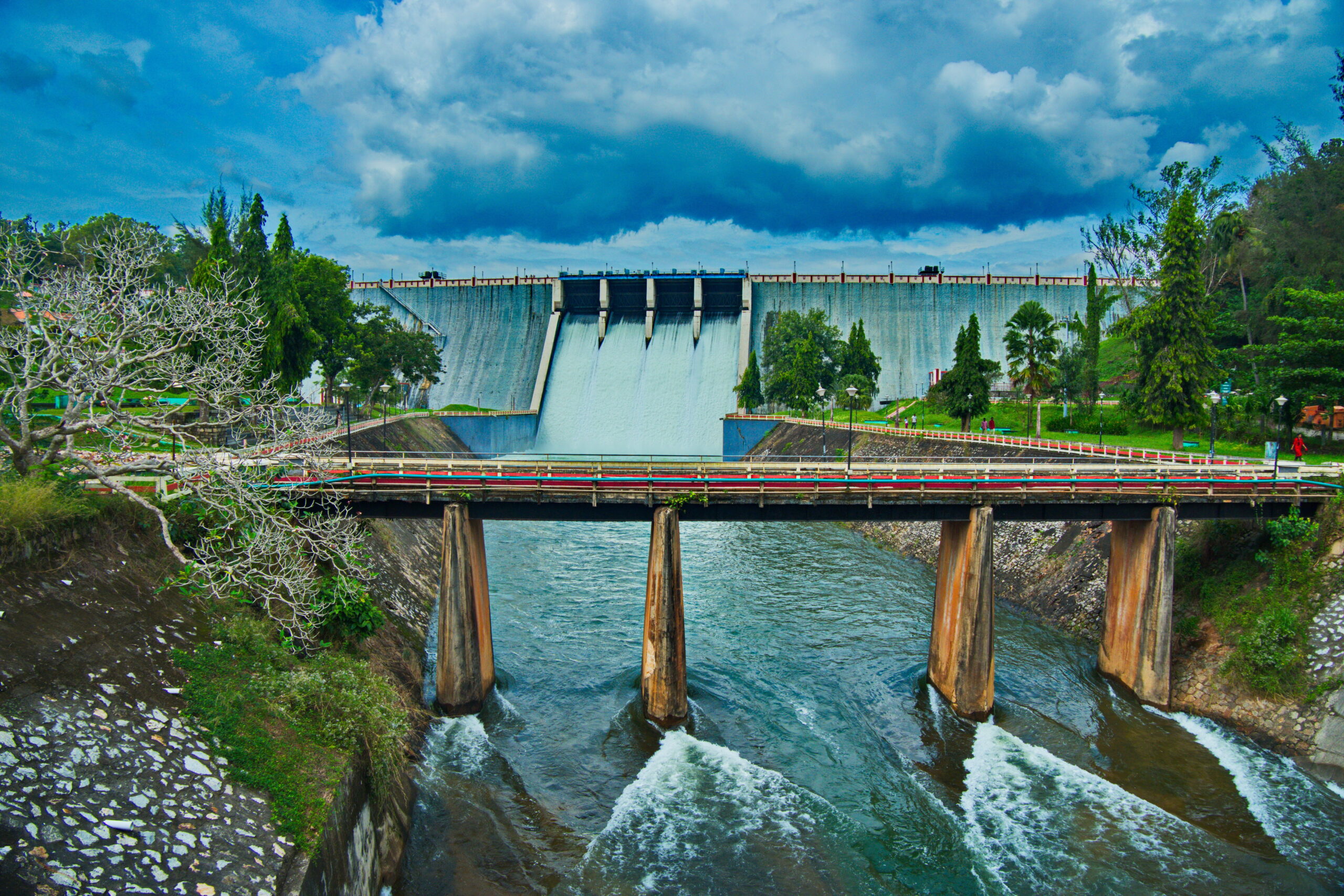This opinion article was written by Human-Environmental Analyst Penny Beames.
Have you ever gotten a new credit card? Maybe that’s a strange question to ask at the beginning of a post about water. But indulge me for a moment. Let’s say you just got a brand new Visa. What do you do with it? Do you save it for emergencies? Do you use it for those “just this once” items? Do you use it and pay the whole balance every month?
It’s pretty common for credit card holders to use up all the funds available to them and then pay off enough each month to continue using it. This isn’t a judgement—who among us hasn’t been there? Well, it turns out we tend to do something similar with reservoirs.
That’s what Giuliano Di Baldassarre and an international team of researchers discovered in their 2018 Nature paper on how reservoirs can worsen water shortages.
The common understanding of reservoirs is that they store water when the weather is wet so it can be distributed later when conditions are dry. Reservoirs balance the temporal tension between supply and demand. But what Di Baldassarre et al. described is a situation where the increased supply provided by those reservoirs impels an increase in demand. We get creative and find all sorts of uses for that new water.
The paper calls this the “reservoir effect.”
While the study focused on Athens, Las Vegas, and Melbourne, it only takes a scan of international news in the recent past to see other instances. Cape Town’s reservoirs nearly ran dry in 2018. In 2019 it was Chennai. In 2021, Taiwan restricted water to some semiconductor plants after drought drained its supplies. When Lake Mead dropped to its lowest level in decades in 2022, millions downstream
wondered what would happen with their water. Last year, Montevideo introduced brackish water into its municipal distribution. This year, Mexico City is rationing water as the reservoir that supplies 20% of its water runs low.
In each place, urban, industrial, and agricultural expansion was made possible by new water supplied by reservoirs. It was like having access to water on credit. But demand for that water kept pace with wet conditions that would regularly refill those reservoirs. Cities used up the entirety of their new water budget. Then, when drought hit and the reservoirs dried up, all that extra demand intensified the
shortage.
None of this means that reservoirs are inherently bad. Much like credit cards, they can be useful tools, particularly in places with distinct wet and dry seasons.
But they aren’t a substitute for adequate water management. Especially in instances where public pressure driven by amplified water shortages is used as rationale to further increase water storage and start the whole cycle over again.
As water patterns destabilize and we move toward new normals, water management practices will need to account for the temptation to use all of the resources available to us. If they don’t, it will become all too easy to max out.

